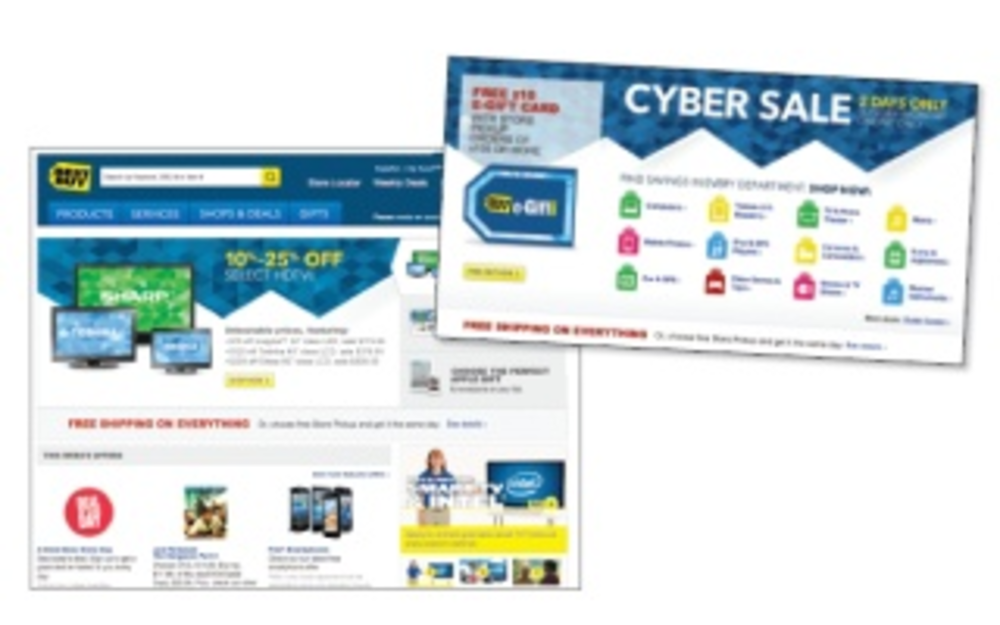Even though holiday sales numbers grab the headlines, many marketers see the shopping season as just the beginning of their relationship with a customer. Using the influx of first-time buyers as an opportunity to expand their databases and better understand consumer behavior, marketers are finding that effective CRM strategies can make it feel like Christmas all year long.
This holiday season, Best Buy joined a number of other major retailers in rolling back Black Friday into Thanksgiving Thursday. Promoting “Doorbuster” deals and online-only offers through print and online ads, the company helped fuel a record-breaking kickoff to the holiday shopping season with national retail sales hitting a record $52.4 billion, up 16% from last year, according to the National Retail Federation.
But with every online and in-store transaction, Best Buy sought ways to learn more about who was buying what and to refine its messaging.
“We have to use data and predictive models differently to appropriately target messages,” says Matt Smith, Best Buy’s VP of integrated marketing. “We are also sensitive to the gift-giving aspect of purchases during this time of year, so we suppress many of our triggered messages to reduce the likelihood of ruining holiday surprises.”
With about a quarter of all purchases happening the final five weeks of the year, the period offers a wealth of insight to those who can corral all the incoming data into their databases.
Consumers are not just spending money during the holiday season. InterContinental Hotel Group (IHG) sees the more than 61 million members of its loyalty program redeem about a third of their non-hotel points during a year’s final weeks, providing information about their preferences.
“This helps us not only for the next year’s holiday season, but throughout the year,” says Don Berg, VP of loyalty programs and partnerships for IHG.
First-time buyers give marketers an opportunity to grow their database, but at the same time, they must be careful to avoid aggravating occasional buyers.
“It’s not, ‘Hey you bought one product with me, can I bombard you with 50 more?’” says Dave Frankland, VP and research director for Forrester Research, adding that it’s more about keeping a line of communication open.
That has been the same approach for Wine.com. The online wine seller makes about 30% of its annual sales during the holidays, promoting its offerings through online advertising and its annual catalog.
A gift-giver receives an email once the gifted bottle is delivered, and emails are sent the following holiday season to the consumers, drawing on their personal address books to make repeat gifting easy. Recently, the company launched the New Arrival Alert, which lets customers opt-in to be pinged when a particular winery’s new offering becomes available.
“It’s a good excuse for us to interrupt a customer with something they asked to be interrupted with,” says Rich Bergsund, CEO of Wine.com. “It’s kind of the ultimate opt-in email, it’s so specific.”








